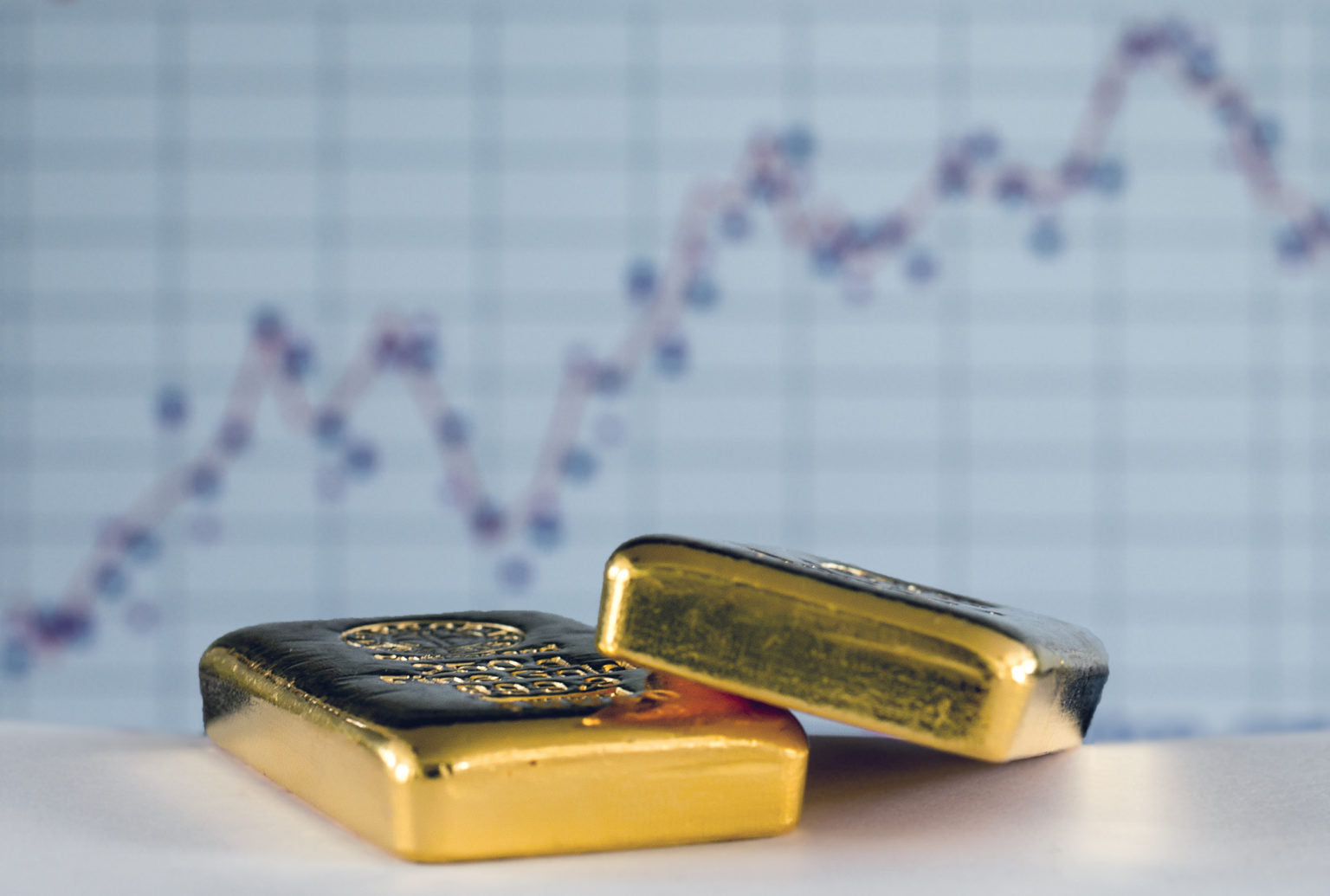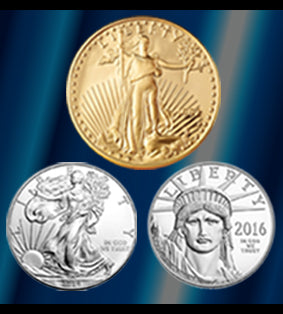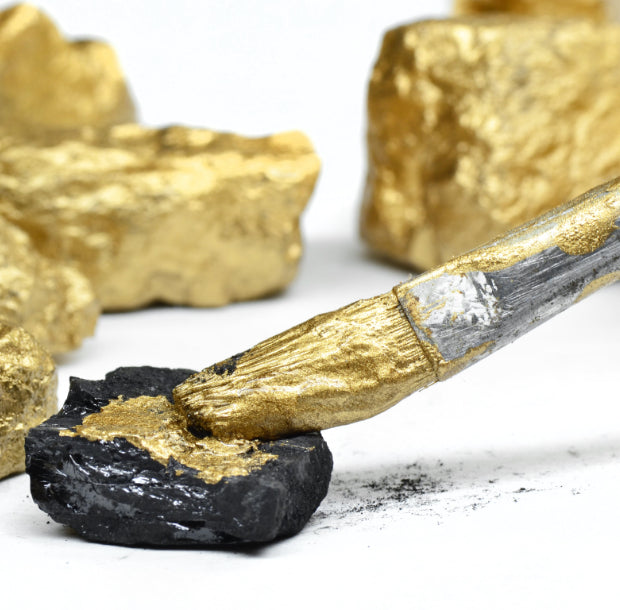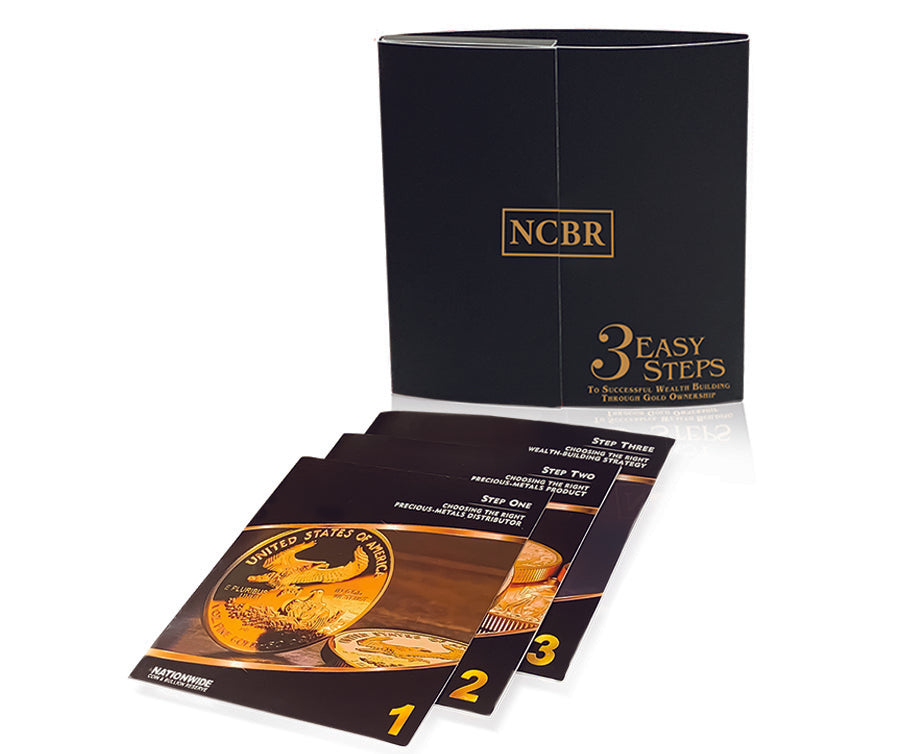While the gold price frequently fluctuates, if you’re looking at gold as another way to expand your portfolio, it’s a strong option for most.
The price of gold fluctuates based on a combination of supply, demand, and buyer perceptions and behavior. But, unlike paper money, the gold supply doesn’t change much over time, so its value is relatively constant.
The History of the Gold Price
Ancient Egyptians decorated temples and tombs with gold objects over 5,000 years ago. Gold became a medium for international exchange in the Middle East and eventually became a popular coin known as The Shekel. While the exact gold price has changed over thousands of years, civilizations worldwide have been using gold as a monetary exchange since ancient times, from the Middle East to Africa to Central America.
King Tutankhamun (“King Tut”) ruled Egypt only for about ten years as a youth and died in about 1324 BCE. He was largely forgotten by history until 1922 when archeologists discovered his tomb filled with 5,000 artifacts. Many of them were gold. A 24-pound mask made of solid gold was the most stunning item found. The dig took ten years and remained one of the most spectacular historical finds of all time. King Tut became a celebrity for his vast amounts of gold. His notoriety for gold eclipsed any contributions he made as pharaoh in Egypt. Today’s adults and children are still fascinated and enamored by King Tut’s enormous display of gold.
Has the Gold Price Stayed Consistent?
From the 1870s through World War I, the Gold Standard was a worldwide structure where nearly every nation’s money supply was set at a fixed gold price or linked to another country that participated in the system. When the United States emerged as a leader following World War II, the overall structure needed to change. The world recognized The US as a superpower, and the Bretton Woods System was created.
The Bretton Woods System improved upon the Gold Standard, and it fixed the U.S. dollar to the gold price. With this system, other countries determined their exchange rates and allowed their economies to fluctuate. These changes lacked staying power, and Bretton Woods dissolved in 1971, welcoming an age where gold is traded freely. Today gold is still a means of monetary exchange between countries and considered a “durable store of value and a hedge against inflation,” according to Investopedia.
How is Gold Price Determined in the US?
The United States maintains gold stocks in the Fort Knox Bullion Depository in gold bricks weighing 27.5 pounds individually. Compared with other precious metals, gold keeps its value over time, which is a unique benefit. Many factors work together to determine the gold price. In the US, supply from domestic mines is a primary driver of gold price at any time, along with consumer demand.
Other Benefits of Buying Gold
Gold is the most malleable of all metals. It is a very durable element that does not erode in nature. A skilled artisan can hammer one ounce of gold into a gold leaf sheet measuring approximately 100 square feet. Indeed, gold luster has always been enjoyed aesthetically, whether as art or jewelry and monetarily. Further, buying gold bullion can provide a cushion in emergencies such as war, disaster, or other crisis protection. Science and technology have realized even more uses for gold since the 20th century, which is sure to increase the gold price over time. Because it conducts electricity and does not corrode, gold plays a critical part in the creation and functionality of GPS devices, computers, aerospace, dentistry, medicine, and cell phones. Considering diversification and general gold price stability, going with gold is an excellent purchase option.
Real Time Precious Metals Data Below







